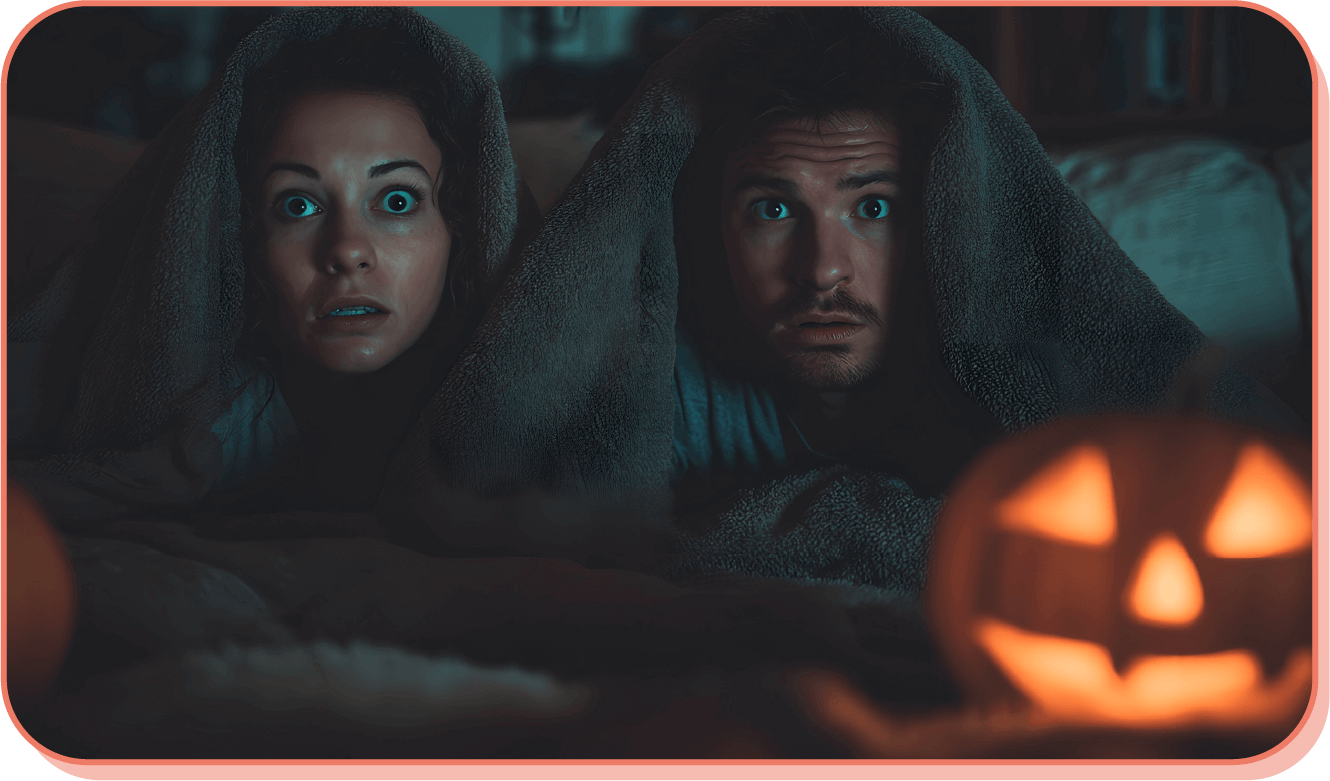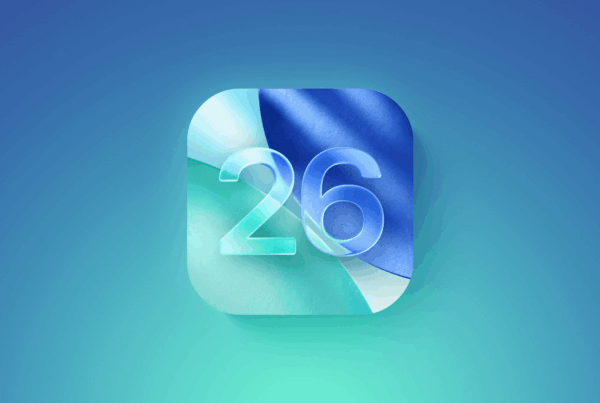Halloween’s measurement tricks = seasonal marketing treats
TL;DR Summary
Halloween’s $13.1 billion market presents unique measurement challenges that traditional attribution is hard-pressed to capture. Social media plays a significant role in influencing purchases, particularly for costumes and decorations, while CTV emerges as a secret weapon for targeted advertising. Connecting digital inspiration to in-store purchasing is crucial for a comprehensive understanding of the customer journey. Success requires coordinated measurement comprising attribution, analytics, and even marketing mix modeling to understand cross-channel impact, quantify early consideration value, and optimize budgets across the season’s entertaining yet compressed timeline.
Your Halloween campaign dashboard is like a spectacular magic show. Numbers dance across screens with pizzazz: Massive conversion spikes materialize from thin air throughout September, attribution data mysteriously vanishes just as your biggest audience appears, and customer journeys spanning three months somehow compress into six weeks of pure marketing harum-scarum.
Welcome to Halloween 2025, where a record $13.1 billion in consumer spending creates the most entertaining measurement challenge in all of seasonal marketing. Like a wily magician, Halloween keeps reinventing its tricks, leaving marketers scrambling to keep up with a holiday audience shapeshifting faster than a werewolf on a full moon.
Let’s take a peek behind the creaky door.

49% of consumers now start Halloween shopping before October.
Great Disappearing Timeline Trick
The first illusion Halloween performs is truly spectacular: the timeline paradox. According to the National Retail Federation (NRF), 49% of consumers now start Halloween shopping before October—a dramatic jump from just 32% in 2014. This represents the fastest acceleration of any seasonal shopping event, with the 25–34 age demographic leading at 56% early adoption.
Here’s where the trick gets baffling: While the consideration window expands earlier, now spanning August through October, the execution window remains brutally compressed. Halloween features a highly condensed shopping and sales timeline compared to other holidays, with most spend occurring in just 6 weeks, compared to Christmas’s more leisurely 16-week cycle. NRF estimates purchase intensity averaging $2.2 billion per week, peaking just before October 31.
If you’re reading this piece inside the first few days of October, you’re witnessing both phenomena in real-time. Nearly half your potential Halloween audience began their shopping journey some weeks ago yet are about to unleash a month of purchasing fury. All roads lead to November 1, when Halloween products lose up to 75% of their value overnight.
This reality—extended consideration, compressed execution, immediate dropoff—makes Halloween measurement inherently challenging. Traditional attribution models often miss this multifaceted journey, crediting October purchases solely to October ads and overlooking crucial, earlier inspiration and research phases. It’s like watching an elaborate magic show and seeing only the finale.
Multi-Product Juggling Act
Halloween’s spending breakdown reads like a magician’s prop list, each element with its own unique measurement circumstances:
Costumes
According to NRF, costume sales will reach $4.3 billion in 2025. Adult costume spend ($2 billion) now exceeds children’s ($1.4 billion), with another $860 million on pet costumes, driven by social media validation and streaming content inspiration. These witches, vampires, and pirates (the top three adult costume choices) showcase the season’s most complex attribution patterns across multiple touchpoints.
Decorations
NRF’s 2025 projections show Halloween decoration spend reaching $4.2 billion, with more than 75% of consumers purchasing themed decor. Decorations represent the season’s longest consideration period, with the majority of buyers planning purchases from early September. This creates an extended measurement timeframe that makes multi-touch attribution valuable yet largely invisible to single attribution methods.
Candy
Halloween 2025 candy sales will total an estimated $3.9 billion, with 94% of Americans sharing candy during the season according to the National Confectioners Association. These sweet treats perform the most compressed timeline trick: 67% of customers wait until Halloween week to purchase, creating an impossibly narrow attribution window. The real candy conversion magic is still ahead of us.
Entertainment
Halloween entertainment comprises streaming subscriptions, movie tickets, haunted attractions, and event tickets, from horror film binges at home to premium tickets for Universal’s Halloween Horror Nights. Horror content catalogs on streaming platforms have reached nearly 4,000 hours—up from approximately 2,900 hours in previous years. Industry data shows that 22% of Halloween shoppers spend $500 million on haunted attractions. Entertainment creates Halloween’s most diffuse measurement challenge: Subscriptions activated in September fuel horror marathons, inspiring decoration and costume choices worn to haunted attractions visited in October—a tangled web of purchase inspiration.
Social Media Sorcery Show
Halloween’s measurement magic dazzles as social platforms transform inspiration into intent, driving massive purchasing decisions while largely evading conventional attribution. Among its users, TikTok influences 59% of costume purchases. Moreover, as of 2023, the platform’s #halloween hashtag had accumulated over 180 billion cumulative views, demonstrating its massive and growing influence on Halloween culture and consumer inspiration. Pinterest reports a whopping 1,700% increase in pop culture/celebrity costume searches from 2024. The platform drives 10X higher shopping intent per session compared to traditional social platforms, and 60% of weekly U.S. users report purchasing a product found there—making it a key early-stage touchpoint for Halloween campaigns that begin weeks before October. Meanwhile, 72% of Instagram users report that the platform influences their overall buying decisions.
Nielsen IQ’s 2025 research reveals that Gen Z is 120% more likely to purchase costumes, inspired by TikTok trends and viral content. The 85% of Gen Z who say that social media significantly informs their purchasing choices primarily engage on platforms that maintain their own attribution methodology, creating fragmented journeys where touchpoints exist in isolation rather than revealing how September inspiration becomes October conversions.
Marketers can leverage measurement tools such as Kochava to unify attribution across these platforms and more.
Cross-Channel Vanishing Act
Another layer of Halloween’s measurement magic show can be found higher up in the digital marketing funnel. Super publishers (e.g., Google, Meta, Amazon) now control 80% of U.S. digital advertising dollars, each maintaining distinct attribution methodologies resulting in measurement silos. The super publishers each report success in their own terms, leaving marketers to unify insights.
Halloween customers typically pass through multiple touchpoints, traversing 3 to 5 channels before purchase: social media inspiration → CTV commercials → search → price comparison → in-store or online purchase.

Costume shoppers scroll Pinterest/Instagram/TikTok for inspiration, search for nearby stores, and then complete purchases at Spirit Halloween locations—a customer journey spanning multiple digital and physical touchpoints. With substantial Halloween purchasing happening in physical stores and 70% of audiences influenced by in-store promotions, connecting digital inspiration to in-store conversion becomes equally critical. Omnichannel measurement platforms can measure this through location intelligence and cross-device attribution. When measurement captures both digital engagement and physical store visits, Halloween’s paradoxical timeline becomes more visible in its rich complexity.
Digital video advertising is expected to reach $72 billion in 2025.
CTV Crystal Ball
Amid a haunted house of measurement, one channel has figured out how to turn Halloween chaos into competitive advantage. Connected TV (CTV) emerges as Halloween’s secret weapon—where the holiday’s leadup works brilliantly in marketers’ favor rather than against them. According to IAB, digital video advertising is expected to reach $72 billion in 2025, but Halloween creates unique opportunities beyond typical seasonal advertising.
Halloween Streaming Surge
Dedicated horror streaming services experience major subscriber influxes as Halloween approaches. Other streaming services offer specialty FAST channels with continuous horror content, while TVOD platforms see significant transaction increases for Halloween premieres and franchise releases as audiences clamor for immediate access. In 2024, Amazon Prime Video library contained 10,500 horror titles. A streaming-to-cinema pipeline creates measurable attribution patterns, as platforms drive theatrical ticket purchases, leveraging exclusive trailers and behind-the-scenes content to promote concurrent theatrical releases.

Audience-Content Alignment
Streaming platforms solve Halloween’s dual-tempo challenge by finding audiences exactly when they’re receptive. Horror viewership doubles from September to October, enabling brands to strategically place ads within content when viewers actively seek Halloween entertainment—enhancing ad receptivity through content-context alignment rather than demographic proxies. The horror category has achieved unprecedented audience penetration: last Halloween, 11.6% of U.S. audiences reported it as their favorite genre. Nielsen points out that one-third of U.S. adults plan to celebrate Halloween by streaming scary movies, creating potent targeting opportunities.
Measurement Advantage
With 88% of U.S. households owning at least one CTV device, Halloween measurement benefits from CTV’s unique customer journey position. When horror content drives brand awareness on the big screen, Halloween’s compressed timeline means that viewers search and purchase within days rather than weeks—making attribution windows narrower than those for extended seasonal campaigns. The concentration of Halloween-seeking audiences creates targeting precision that dispersed holiday shopping cannot deliver, while the streaming-to-theater pipeline generates attribution signals other channels may struggle to capture.
Seeing Through the Smoke and Mirrors
Even Halloween’s bright spots—from social media’s viral inspiration to CTV’s focused audience—are often measured like individual acts in a complex performance. But step backstage to observe how Halloween’s illusions truly work, and the trick becomes obvious: These are not separate magic acts, but one elaborate illusion performed simultaneously across multiple stages. And you can deploy strategies that lean into Halloween’s theatrical chaos.
Enter marketing mix modeling (MMM)—the master magician who sees through the smoke and mirrors. While traditional attribution excels at identifying immediate conversion triggers, it gets lost attempting to parse every ghostly customer touchpoint throughout the Halloween ecosystem. Comprehensive measurement strategies leveraging MMM to coordinate how multiple data sources emerge as a viable solution—not because MMM replaces all existing attribution and analytics, but because it reveals how your entire measurement stack performs together.
MMM identifies which channels are actually driving the $13.1 billion of Halloween magic, highly useful when attribution shows confusing signals even while your sales are crushing it. It effectively captures cross-channel amplification—how late-summer social buzz creates measurable ripples in paid ads, CTV spend, search traffic, and even store promotions. Your September brand awareness doesn’t disappear into digital ether; it primes audiences so your October conversion campaigns perform 3X better. MMM quantifies this consideration accumulation, demonstrating how early investments pay off. Moreover, MMM answers the million-dollar question: What actually drove that early shopping surge vs. what would have happened anyway? Halloween marketing both creates and shifts demand, and MMM measures how campaigns simultaneously expand the market and capture existing intent—transforming how you calculate real ROI.
The Final Reveal
Like any great magic show, Halloween marketing leaves us amazed, bewildered, and eager for next year’s performance. Recall the opening dashboard—numbers dancing, spikes materializing, data vanishing? This chaos reveals your measurement stack’s true task: assessing a performance spanning multiple stages simultaneously. Rather than attempting to solve every measurement mystery through a single approach, implement complementary measurement strategies that coordinate insights from across your entire data infrastructure to capture the magic.
Ready to see the complete performance? Kochava’s measurement suite runs the gamut from attribution and analytics to advanced marketing mix modeling—connecting digital engagement, cross-device journeys, and physical store visits into comprehensive insights across your entire seasonal measurement framework. Contact our team to build your holistic measurement strategy and set up the ultimate trick: how to make it all work even better when the curtain rises on Halloween 2026.




